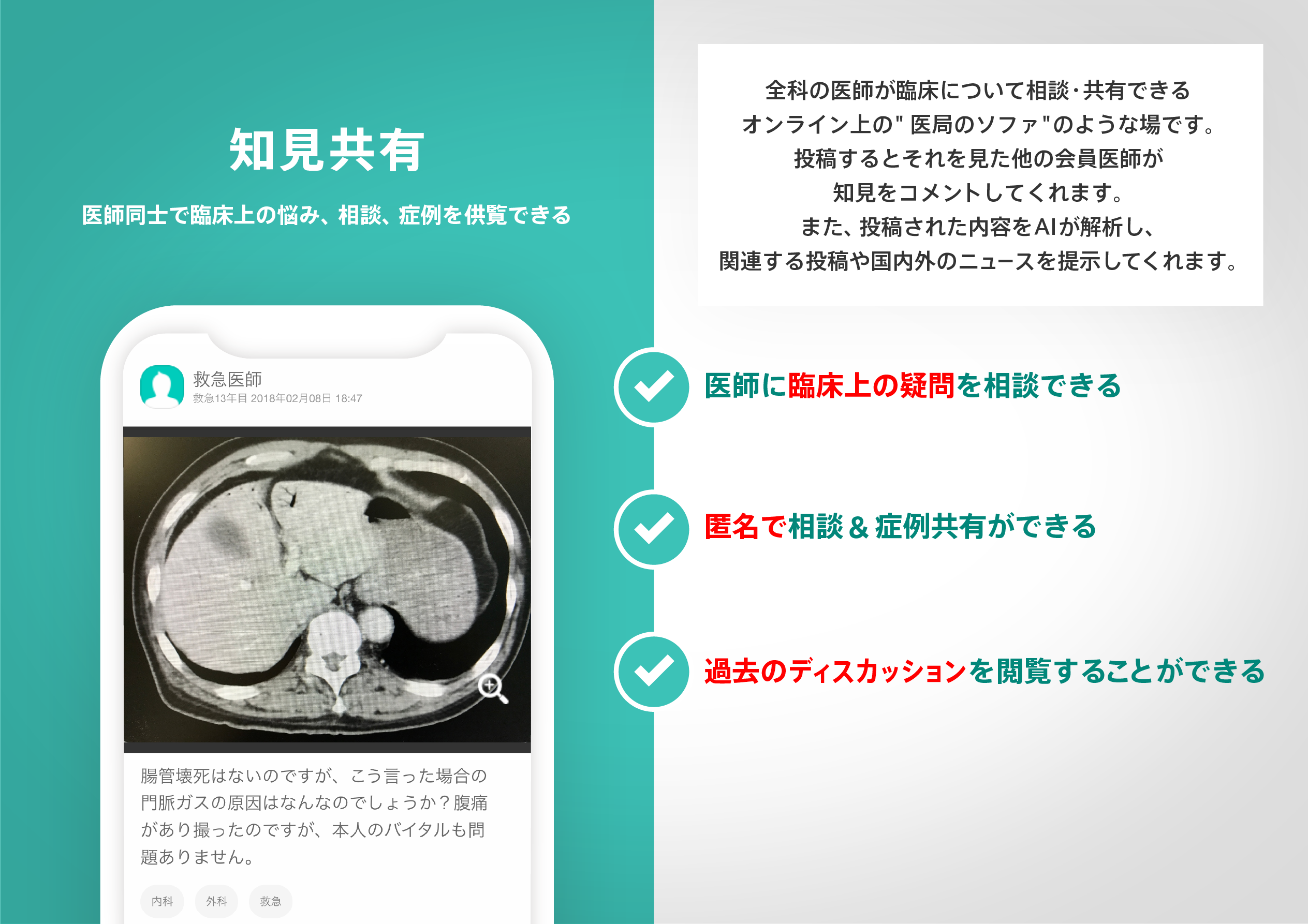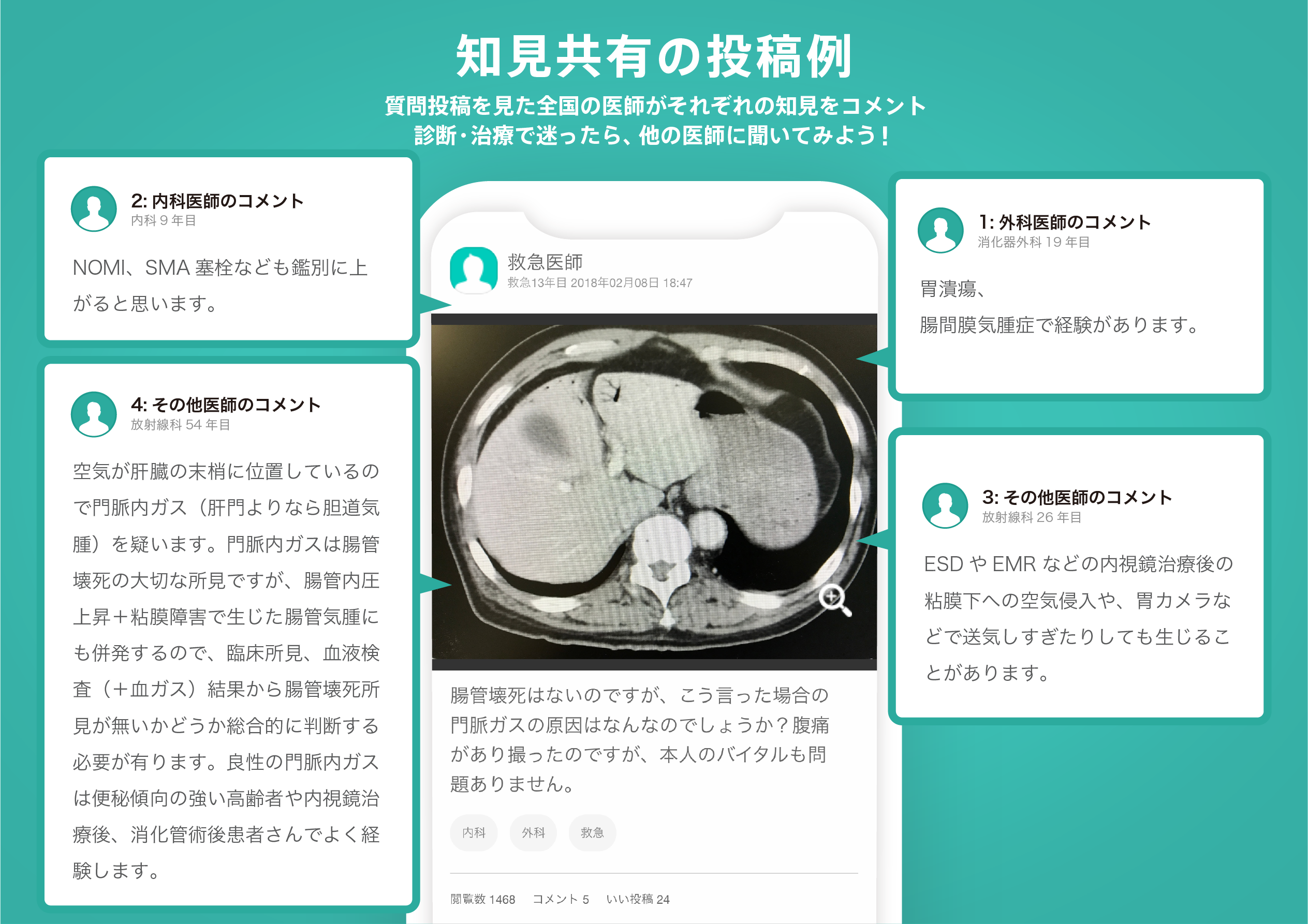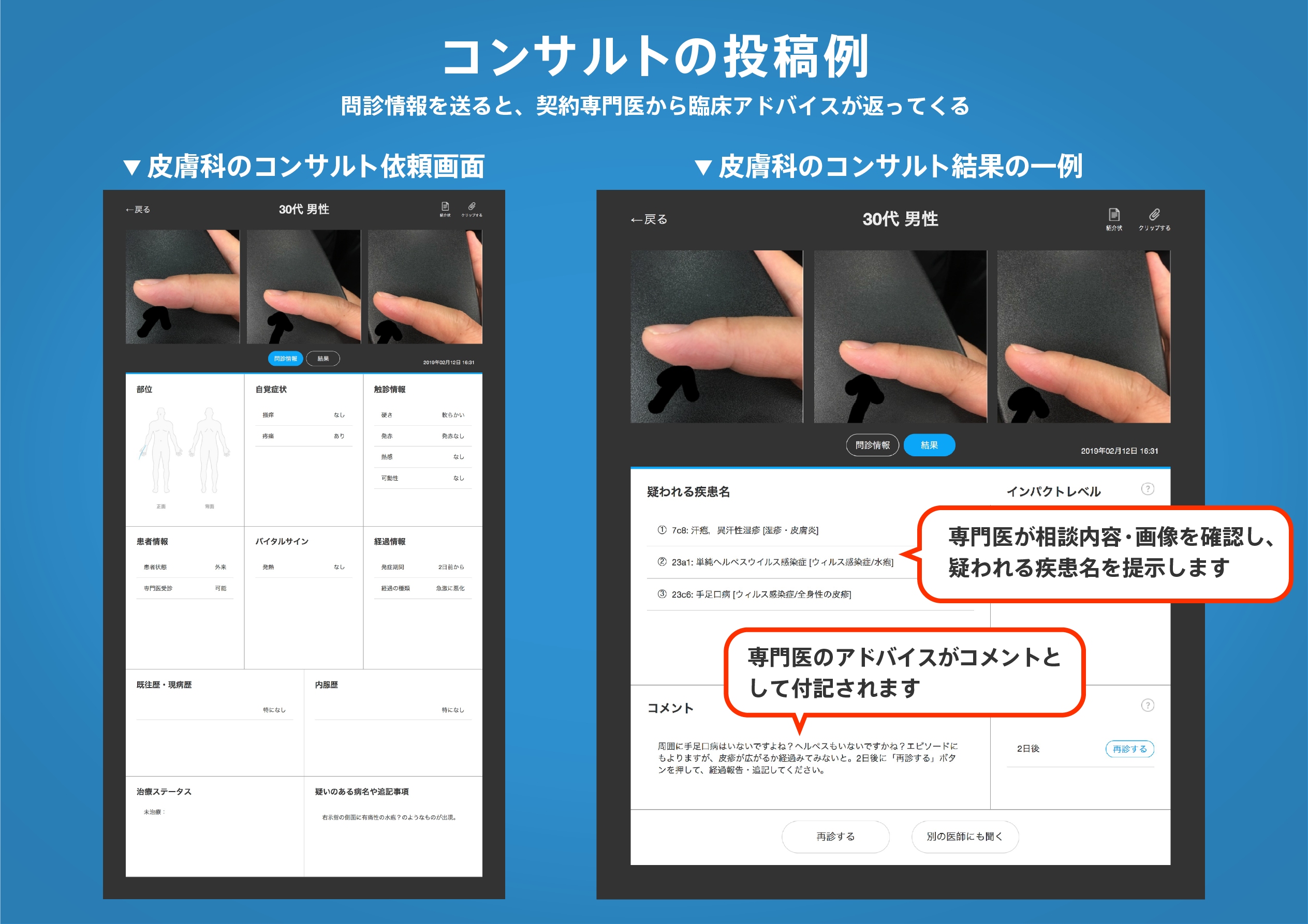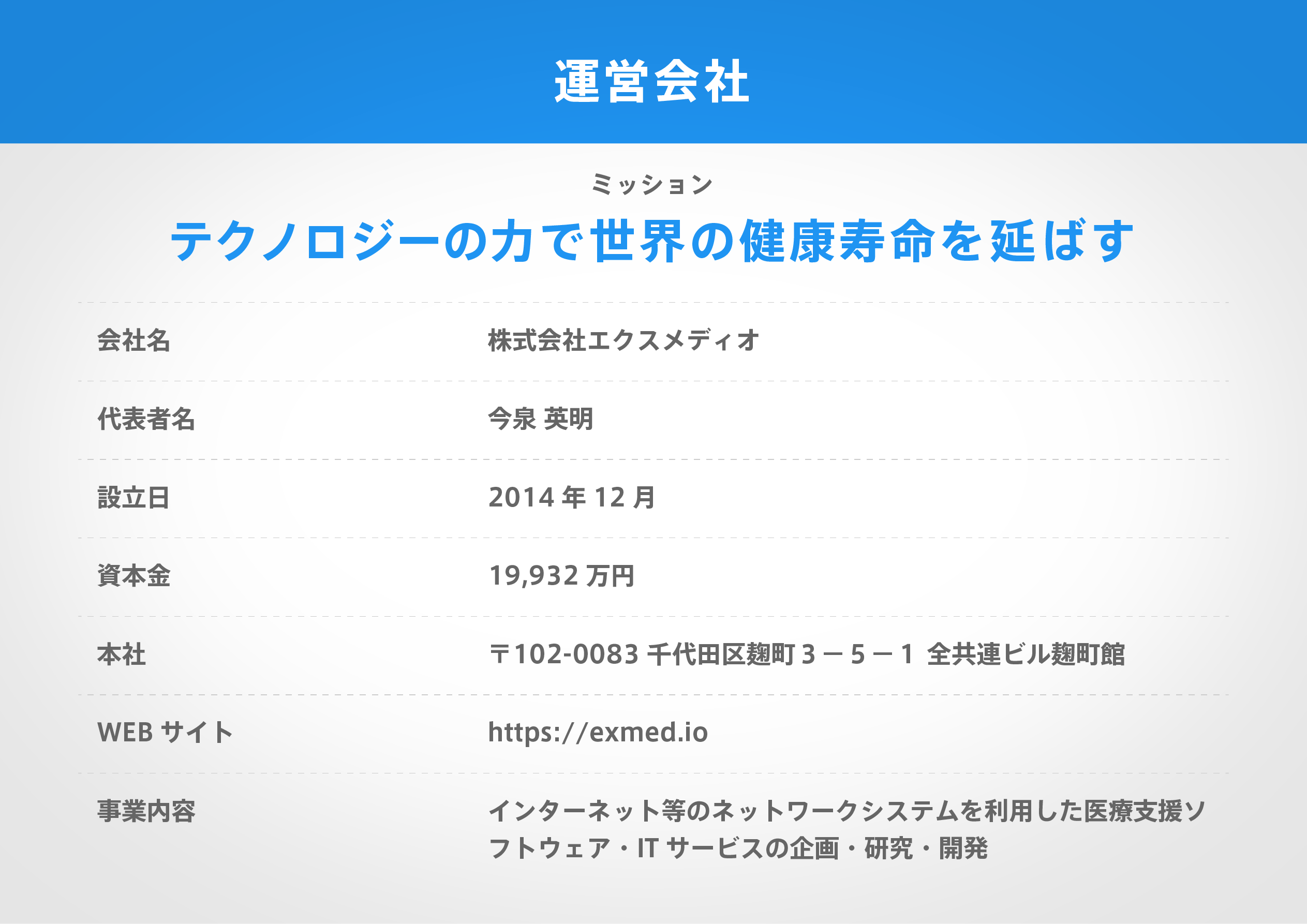著名医師による解説が無料で読めます
すると翻訳の精度が向上します
メチロ栄養組換えPichia pichia pichia pichia dignuctionは、一般に高細胞密度条件で実装されています。メタノール濃度(MEOH)および溶存酸素濃度(DO)は、タンパク質の産生を制御する2つの重要な動作パラメーターです。酸素消費の特徴が非常に高いため、MEOH/を同時に制御することは困難です。メタノール利用プラス(MUT+)およびスロー(MUT)株は、かなり異なる動的特性を持つ組換えP. pastorisの2つの典型的な表現型です。したがって、さまざまなMEOH/DO組み合わせ制御戦略または準最適な誘導戦略を採用することができます。「High Meoh/Low Do」と「High Do/Low Meoh」の環境は、現実的な誘導戦略です。この研究では、独自の実験結果をまとめました(MUT+/MUTS株を使用して、ヒト血清アルブミン - ヒューマン顆粒球コロニー刺激因子HSA-GCSFM/インターフェロン-α-PIFN-αを産生し、上記の2つの誘導戦略。結果は、Mut+株による異種タンパク質の産生が「高DO/低MeOH(DO〜10%、MEOH〜0 g/L)」誘導条件を支持することを示唆しました、一方、MUTS株によるタンパク質産生は「高MeOH/LOW(MeOH)を好むことを示唆しています。5-10 g/L、do〜0%) "誘導環境。したがって、P。pastorisの種類に基づいて、それに応じて対応するサブ最適誘導戦略を適用する必要があります。メタノールおよびソルビトール代謝のいくつかの重要なルートに関与する遺伝子上昇またはダウンレギュレーションを反映する効率と転写分析を利用するメタノールを示す関連する代謝分析が実装されました。分析結果は、MUT+およびMUTS株による異なる異種タンパク質産生に対して提案されたサブ最適誘導戦略を使用するという結論を強くサポートしました。
メチロ栄養組換えPichia pichia pichia pichia dignuctionは、一般に高細胞密度条件で実装されています。メタノール濃度(MEOH)および溶存酸素濃度(DO)は、タンパク質の産生を制御する2つの重要な動作パラメーターです。酸素消費の特徴が非常に高いため、MEOH/を同時に制御することは困難です。メタノール利用プラス(MUT+)およびスロー(MUT)株は、かなり異なる動的特性を持つ組換えP. pastorisの2つの典型的な表現型です。したがって、さまざまなMEOH/DO組み合わせ制御戦略または準最適な誘導戦略を採用することができます。「High Meoh/Low Do」と「High Do/Low Meoh」の環境は、現実的な誘導戦略です。この研究では、独自の実験結果をまとめました(MUT+/MUTS株を使用して、ヒト血清アルブミン - ヒューマン顆粒球コロニー刺激因子HSA-GCSFM/インターフェロン-α-PIFN-αを産生し、上記の2つの誘導戦略。結果は、Mut+株による異種タンパク質の産生が「高DO/低MeOH(DO〜10%、MEOH〜0 g/L)」誘導条件を支持することを示唆しました、一方、MUTS株によるタンパク質産生は「高MeOH/LOW(MeOH)を好むことを示唆しています。5-10 g/L、do〜0%) "誘導環境。したがって、P。pastorisの種類に基づいて、それに応じて対応するサブ最適誘導戦略を適用する必要があります。メタノールおよびソルビトール代謝のいくつかの重要なルートに関与する遺伝子上昇またはダウンレギュレーションを反映する効率と転写分析を利用するメタノールを示す関連する代謝分析が実装されました。分析結果は、MUT+およびMUTS株による異なる異種タンパク質産生に対して提案されたサブ最適誘導戦略を使用するという結論を強くサポートしました。
Heterologous proteins induction by methylotrophic recombinant Pichia pastoris is generally implemented at high cells density condition. Methanol concentration (MeOH) and dissolved oxygen concentration (DO) are two crucial operating parameters controlling proteins production. It is difficult to control MeOH/DO at their desired levels simultaneously due to the extremely high oxygen consumption features. Methanol utilization plus (Mut+) and slow (MutS) strains are the two typical phenotypes of recombinant P. pastoris with quite different dynamic characteristics. Therefore, different MeOH/DO combinational control strategies or sub-optimal induction strategies could be adopted. Environments of "high MeOH/low DO" and "high DO/low MeOH" are the realistic induction strategies. In this study, we summarized our own experimental results (using Mut+/MutS strains to produce human serum albumin-human granulocyte colony stimulating factor-HSA-GCSFm/porcine interferon-α-pIFN-α), and compared to data from the literature using the above mentioned two induction strategies. The results suggested that, heterologous proteins production by Mut+ strains favors "high DO/low MeOH (DO ~ 10%, MeOH ~ 0 g/L)" induction condition, while proteins production by MutS strains prefers "high MeOH/low DO (MeOH 5-10 g/L, DO ~ 0%)" induction environment. Thus, based on the P. pastoris types, the corresponding sub-optimal induction strategies should be applied accordingly. The related metabolic analysis indicating methanol utilizing efficiency and the transcriptional analysis reflecting gene up- or down-regulations involved in several key routes in methanol and sorbitol metabolism were implemented. The analysis results strongly supported the conclusions of using the proposed sub-optimal induction strategies for different heterologous proteins production by Mut+ and MutS strains.
医師のための臨床サポートサービス
ヒポクラ x マイナビのご紹介
無料会員登録していただくと、さらに便利で効率的な検索が可能になります。






